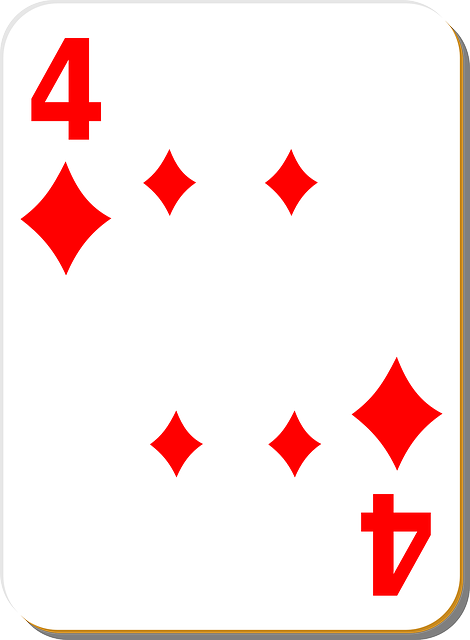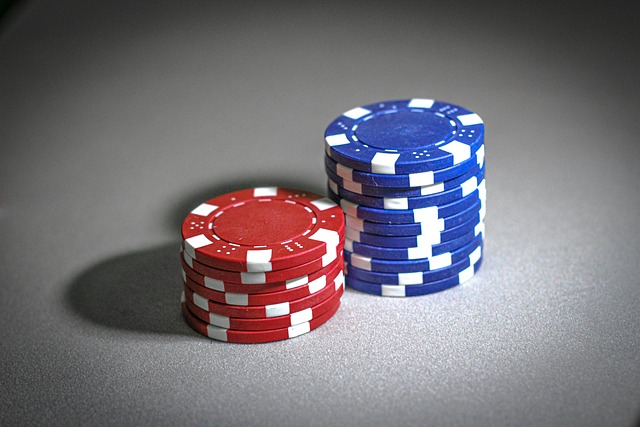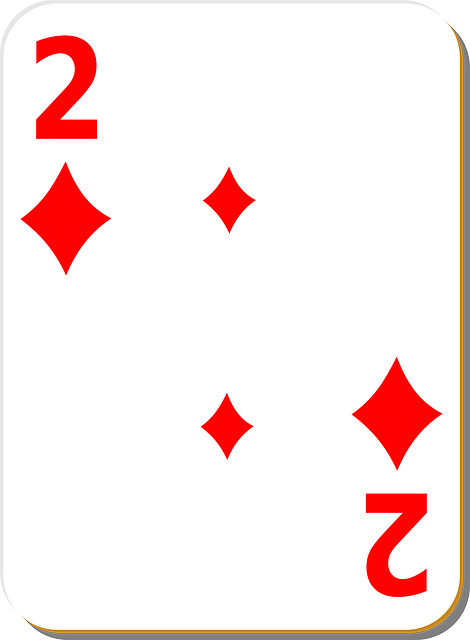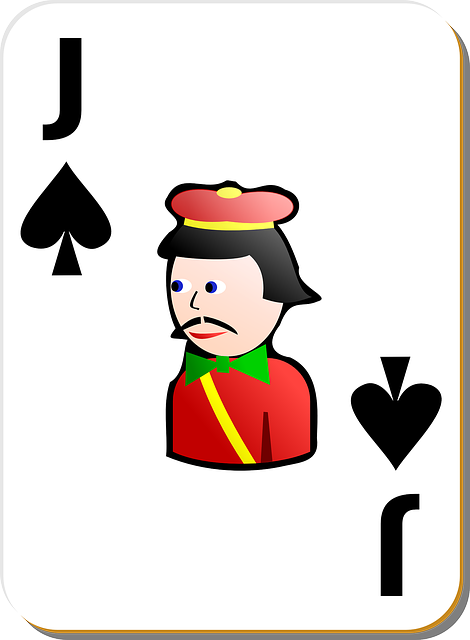Blackjack surrender is a strategic move where players forfeit half their bet if their hand is weak compared to the dealer's upcard. It requires understanding card values and probabilities, enabling informed decisions to balance loss and potential improvement. This tool enhances navigation in the game's dynamic landscape, with its historical roots tracing back to 17th century Europe and evolution into a popular casino game worldwide.
Blackjack, a classic casino game, offers players strategic decisions that can enhance their chances of winning. One such strategy is the ‘Surrender,’ allowing gamers to retreat from a hand mid-game. This article delves into the fundamentals of blackjack surrender, providing insights on its application and historical context. We explore how this move affects the house edge, offering a unique perspective for strategic players. By understanding these nuances, blackjack enthusiasts can make informed choices, adding an exciting layer to their gameplay experience.
- Understanding Blackjack Surrender Basics
- When to Use the Surrender Strategy
- Historical Perspective and House Edge Impact
Understanding Blackjack Surrender Basics

Blackjack surrender is a strategic move players can make during a game of blackjack, allowing them to forfeit their current hand and receive half of their initial bet back. It’s an option available in some casinos, offering a way to mitigate losses when holding a less favorable hand compared to the dealer’s upcard. Understanding when to surrender is key, as it requires balancing the potential loss with the likelihood of improvement through additional cards.
In basic terms, if a player believes their hand is weak and there’s a high chance the dealer’s hidden card will result in a win for them, surrendering lets them walk away with half their bet. This decision should be informed by knowledge of card values and probabilities, helping players navigate the game’s strategic landscape.
When to Use the Surrender Strategy
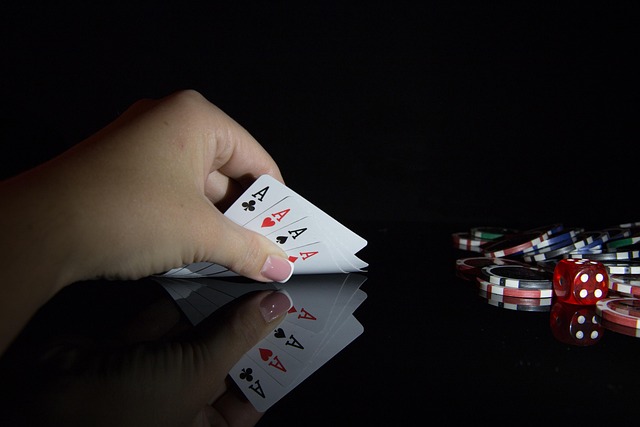
In the fast-paced world of blackjack, making strategic decisions can significantly impact your chances of winning. One often underutilized yet powerful tool in your arsenal is the surrender strategy. This move is best employed when the cards are not in your favor, allowing you to forfeit half of your bet and end the round early.
The key to successful use of the surrender strategy lies in recognizing patterns. Players should consider surrendering when they have a weak hand compared to the dealer’s upcard. For instance, if you’re dealt 10 or below against a dealer’s Ace, it’s wise to surrender. This decision becomes clearer with practice and understanding of card probabilities, enabling players to make calculated risks and navigate the blackjack table with finesse.
Historical Perspective and House Edge Impact

The history of Blackjack, or Twenty-One as it was once known, stretches back centuries, with origins tracing to 17th century Europe. Over time, the game evolved and gained immense popularity worldwide, especially after its introduction to America and the world of casinos. The term ‘surrender’ in Blackjack has an intriguing evolution too, reflecting the game’s changing dynamics. Historically, when players had a poor hand, they would sometimes physically surrender their cards, indicating their decision to concede.
In terms of house edge impact, the Blackjack surrender rule can significantly influence a player’s odds. When a player chooses to surrender, they forfeit half of their initial bet, but avoid potential losses from drawing additional cards. This strategic move reduces the house edge, making it more favorable for players. The surrender option adds an element of risk and reward, encouraging players to make quick decisions based on their hand strength and the dealer’s upcard, thereby enhancing the overall Blackjack experience.
Blackjack surrender is a strategic move that can greatly impact your odds at the table. By understanding when to employ this tactic, players can minimize losses and maximize their potential wins in the thrilling game of Blackjack. The historical context reveals that while it may seem like a simple retreat, the strategy’s effectiveness lies in its ability to reduce the house edge, making it a valuable tool for both novice and seasoned players alike.

